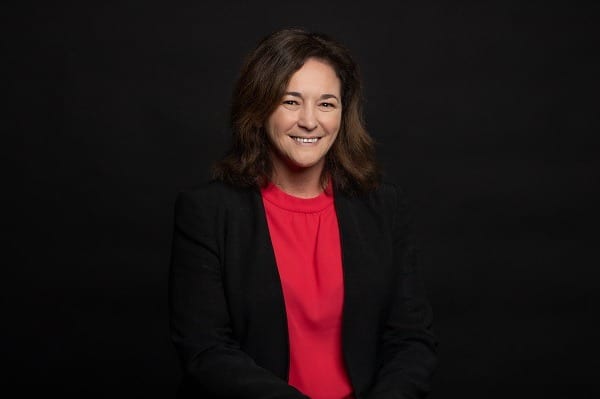Ada Lovelace, the daughter of poet Lord Byron born more than 200 years ago, was a leading 19th century mathematician and is now acknowledged as the world’s first computer programmer.
She was the first person to envision the computer and digital age – on paper and in the 1840s! She applied her poet’s brain to a mathematical problem and explained the “Analytical Engine” in such an extraordinary way that her inventor partner, Charles Babbage (credited in history for conceiving the first automatic digital computer) just never could.
After almost two centuries of silence, the world is rediscovering Ada Lovelace, as a role model and hero, through global events such as Ada Lovelace Day and new books such as Ada Lovelace Cracks the Code (from the creators of Goodnight Stories for Rebel Girls) for today’s girls and young women.
In Australia, it’s time we rediscovered the achievements of Australia’s own female tech pioneers.
Our own Ada Lovelaces went to work cracking the codes of Japan’s Imperial forces in unassuming offices; the Monterey building in Queen’s Road, Melbourne, and a suburban house in Ascot, Brisbane.
Like their sisters at the famed World War II code-breaking station Bletchley Park, they were forbidden from talking about their critically important work, which contributed to cutting the war short by as much as two years.
Among this small army of pioneering tech girls, was Joan Fairbridge – then Joan Duff – who worked in Monterey. Fairbridge, who died at 99 earlier this year, spent 60 years of her life saying nothing about her achievements.
For so many of these women, their ground-breaking tech skills only came to light decades later – often in their funeral eulogies.
Imagine if their successes had been celebrated earlier? Imagine the impact on their daughters and sons and our society, if these womens’ contributions had been lauded earlier.
The adage of “you can’t be, what you can’t see” is so often applied to girls and technology or entrepreneurship. Real-life role models are really important but to make a real difference, how we portray fictional role models in popular culture is equally important.
In Australia in the 1980s, there was a spike in young women enrolling in veterinary school thanks to the “Vicki the Vet” effect, and the popularity of the character Dr Vicki – played by the late Penny Cook – in the TV soap A Country Practice.
Fast forward 15 years and a similar spike in students studying forensic science can be traced to US crime drama CSI.
In the early 2000s I started telling the stories of amazing women in technology through history in presentations to school girls. And so the Tech Girls Movement, a not-for-profit organisation promoting positive female STEM role models to girls, was born.
Over the past 22 years that I’ve been involved in encouraging more girls to solve problems – using science, maths, engineering, arts, maths, design thinking, empathy and plain old grit – we’ve reached more than 8,000 girls at 1,000 schools. Through the Tech Girls Movement, we aim to engage 10,000 girls through our hands-on program next year.
Of course, I’m just one of many tech girl evangelists in Australia. There’s Code Camp, Code Club, Vogue Codes, Geek Girls Academy, Code Like a Girl, and the social entrepreneurship leaders Foundation for Young Australians, Young Change Agents, Future Anything and many, many more.
The sector will be boosted by the newly created Academy for Enterprising Girls, supported by the Australian government’s $3.6 million Future Female Entrepreneurs Program, which works with organisations like mine, the private sector and government to encourage a mindset for entrepreneurship and problem solving in primary and high school girls.
By working with the sector, the Academy for Enterprising Girls aims to reach 50,000 girls in order to connect more girls to local and national organisations, like ours, and set them on the pathway to entrepreneurship and STEM.
So the question is if we’ve all been working on the problem for so long, why are we still facing this crisis in our declining proportion of girls studying STEM?
The answer: imagine how bad the situation would be if we did nothing. But together we need to do more.
To encourage more girls in technology and innovation, the first step could really be as simple as better marketing of STEM, better representation in pop culture and more celebrations the real-life heroes, from Ada Lovelace, to the code-breaking pioneers of Bletchley Park and the remarkable tech girls of today.


